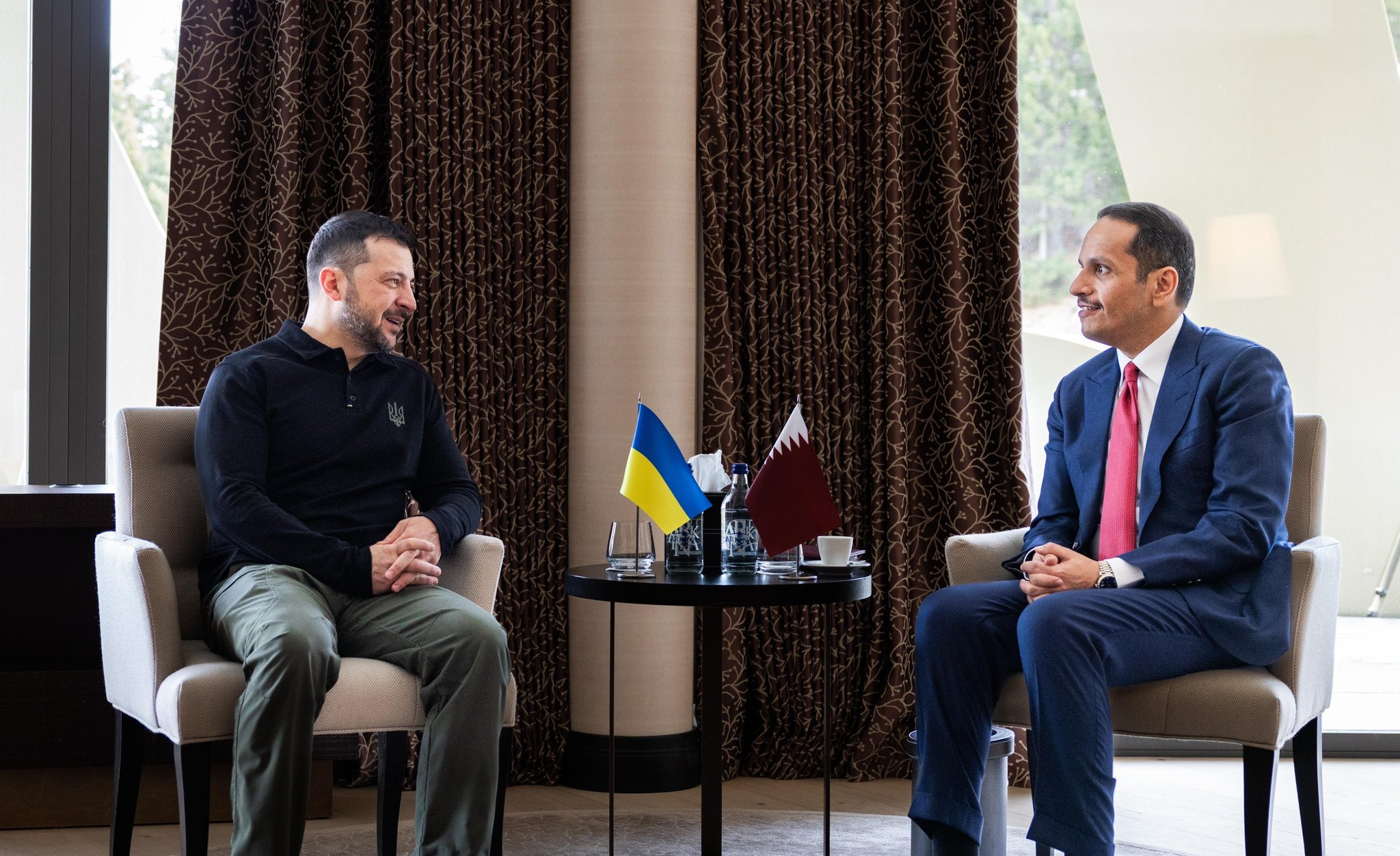Qatar’s 2022 World Cup witnessed 32 teams competing in 29 days; now FIFA plans to rewrite its traditional history.
FIFA’s decision to award the united bid from the United States, Canada and Mexico the right to host the 2026 World Cup has drawn different views as it will invite a 48-team tournament onto the pitch, forever changing the tradition of previous editions.
The quadrennial host is the first of its size both geographically and through representation of countries, as every continent will receive more spots at the 2026 World Cup, given the decision to add 16 more teams to the equation from the original 32.
A debate has been disputed within the football world on whether quantity is more important than quality, as this is the first time since the 1998 tournament in France that an expansion has been made.
Before 1998, 24 teams competed with one another for the golden FIFA World Cup Trophy, and now countries that have never qualified for the international world stage will have the chance to do so.
A direct drive for inclusion is vital for the football governing as Arsene Wenger, FIFA’s Chief of Global Football Development, voiced the importance of the newly adopted format.
“If the teams, the countries have more opportunities to go to the world stage, it will do more for (football) development inside that country,” the famed manager of Arsenal said.
Commercial value
An ampler World Cup will lead to more coverage meaning that FIFA will benefit financially from the shift as it will drive marketing and commercial deals in the North American triumvirate hosting.
Speaking to Doha News, Simon Chadwick, the Director of Centre for the Eurasian Sport Industry and a professor at the Emlyon Business School, voiced that FIFA has increased the number of teams participating in the World Cup for three reasons.
“To enable the organisation and the sport to compete more effectively with rival sports and formats; secondly, to build revenues for an organisation whose most lucrative asset only takes place every four years; and thirdly, because Infantino’s electoral manifesto as FIFA president has always emphasised an egalitarian agenda,” Chadwick remarked.
Chadwick describes the agenda as “trying to give nations that otherwise may not qualify for the tournament the opportunity to participate more frequently.” Still, he believes there are other implications caused as well.
“More matches bring inevitable pressures on players, coaches, and others who are linked to them. There is a greater chance of injury and of burnout, especially as there seems to be a general move across sport for more and more matches, races, competitions and events to take place.”
‘Erode tournament’s value’
Regarding fans, Chadwick assumes football fanatics will pay a heavy price to see their teams play one another.
“It also poses issues for fans, especially in economic terms – it can prove very costly to support a team when so many matches across the world are being staged. In addition, some observers contend that more World Cup football matches dilutes the quality of the tournament, which may erode the tournament’s value (especially sponsors and broadcasters).”
“At the same, with revenues forecasted by others to proliferate, many associated with football and the World Cup are eager to ensure that they benefit from any additional cash coming into the game. For instance, players and their representatives will want to make sure that they are appropriately remunerated for playing in additional matches,” the professor voiced.
Creating spaces for developing teams on the centre stage is vital, yet these moments for the underdogs can promote one-sided games.
Reports state that a target of $11 billion is being eyed in the 2026 World Cup cycle.
To put it in perspective, Qatar 2022 witnessed a record high as the tournament was the most profitable in FIFA’s history earning $7.5bn in revenue through four years of commercial deals.
The earnings in Qatar are $1bn more than what the football governing body pulled in from the previous World Cup cycle leading up to the 2018 tournament in Russia.
With such a monumental shift in numbers both on the field and off, the 2026 World Cup will be very different from any of its prototypes.







